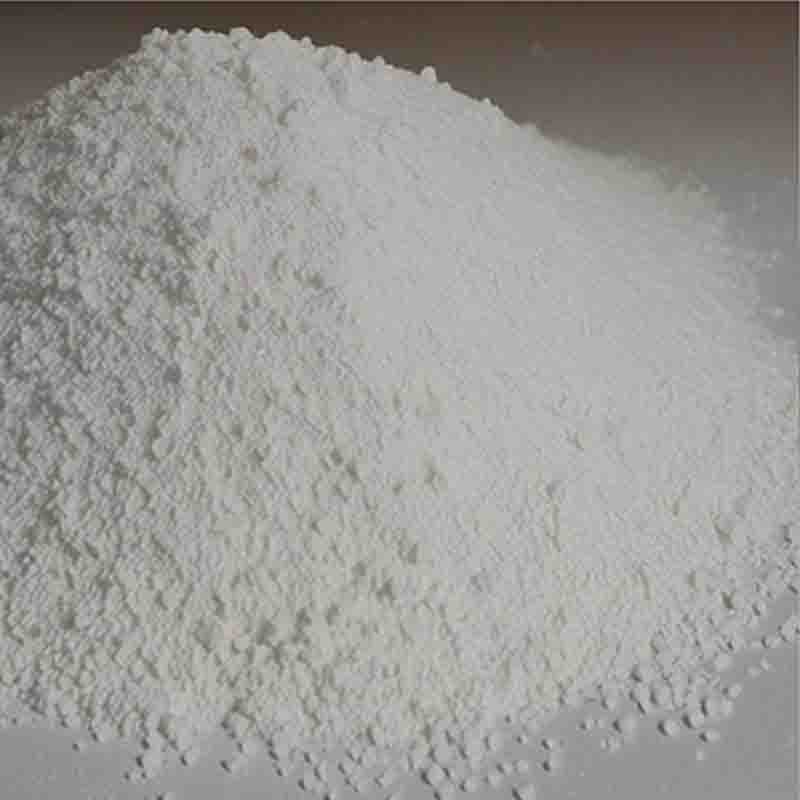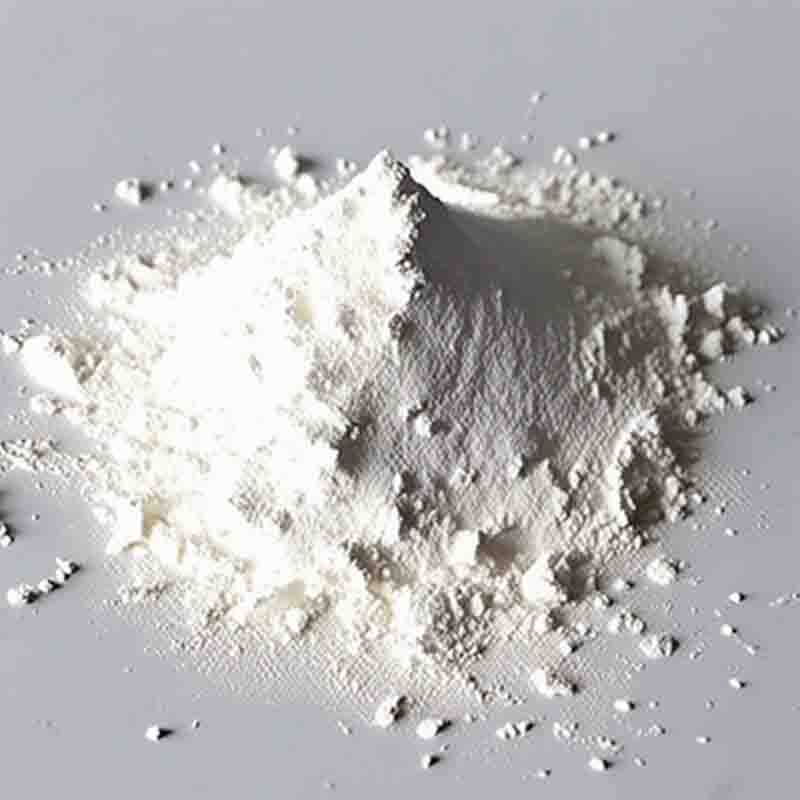(-)-Di-p-toluoyl-L-tartaricacid CAS:32634-66-5
| Catalog Number | XD95809 |
| Product Name | (-)-Di-p-toluoyl-L-tartaricacid |
| CAS | 32634-66-5 |
| Molecular Formula | C20H18O8 |
| Molecular Weight | 386.35 |
| Storage Details | Ambient |
Product Specification
| Appearance | White powder |
| Assay | 99% min |
(-)-Di-p-toluoyl-L-tartaric acid, also known as DPTTA, is a chiral molecule that has been widely studied for its various effects and applications. Here, we will explore some of the important effects of (-)-Di-p-toluoyl-L-tartaric acid.One key effect of (-)-Di-p-toluoyl-L-tartaric acid is its ability to serve as a chiral resolving agent. Chiral resolution is an essential process in chemistry to separate enantiomers, which are mirror-image isomers that exhibit different properties and biological activities. DPTTA can be used to separate and analyze different enantiomers by forming diastereomers with them. By exploiting the differences in physical and chemical properties of these diastereomers, one can obtain pure enantiomers, which are crucial in drug development, as many drugs are chiral.Another important effect of (-)-Di-p-toluoyl-L-tartaric acid is its impact on stereoselective synthesis. As a chiral auxiliary, DPTTA can influence the stereochemistry of certain reactions. It can act as a template, directing specific stereochemistry in reactions and influencing the formation of desired products with high enantioselectivity. This effect is particularly valuable in organic synthesis, where controlling stereochemistry is crucial to obtain specific products with desired properties.Furthermore, (-)-Di-p-toluoyl-L-tartaric acid is known for its ability to form coordination polymers and supramolecular assemblies. These structures are formed through non-covalent interactions such as hydrogen bonding. These polymers possess unique physical and chemical properties that make them useful in various applications, such as catalysis, sensing, and drug delivery. By tuning the conditions and syntheses, different structures and properties can be achieved, offering a versatile platform for designing functional materials.(-)-Di-p-toluoyl-L-tartaric acid also exhibits antioxidant properties. It can scavenge free radicals and inhibit oxidative stress. Oxidative stress is implicated in various diseases and aging processes, and antioxidants can help reduce the damaging effects of reactive oxygen species. This property of DPTTA makes it potentially useful in the development of pharmaceuticals or dietary supplements targeting oxidative stress-related disorders.Overall, (-)-Di-p-toluoyl-L-tartaric acid showcases valuable effects in chiral resolution, stereoselective synthesis, supramolecular chemistry, and antioxidant activity. Its diverse applications make it a versatile compound in various scientific fields including pharmaceuticals, materials science, and catalysis. However, further research is still needed to fully explore its potential and optimize its use in different applications.









